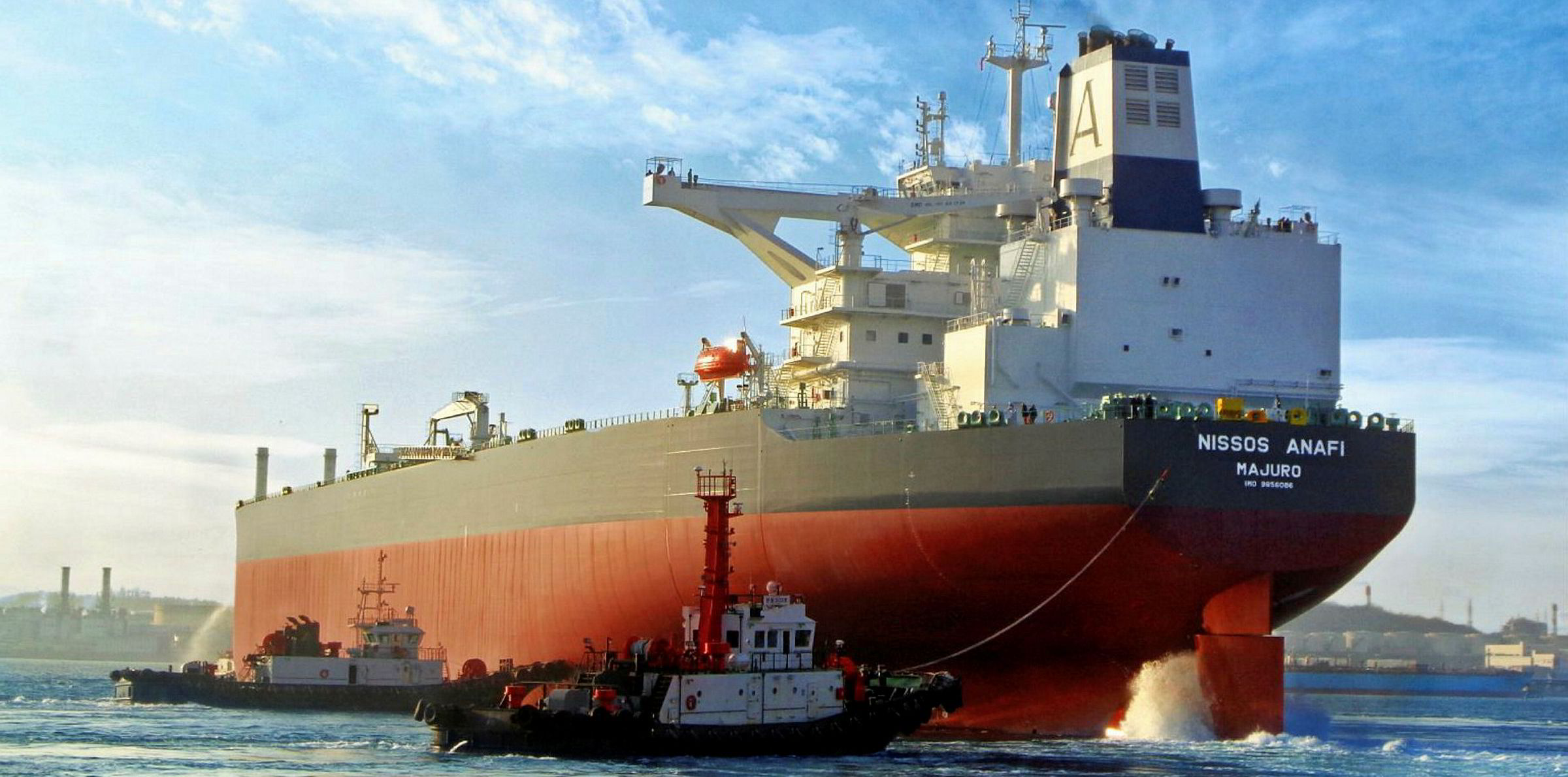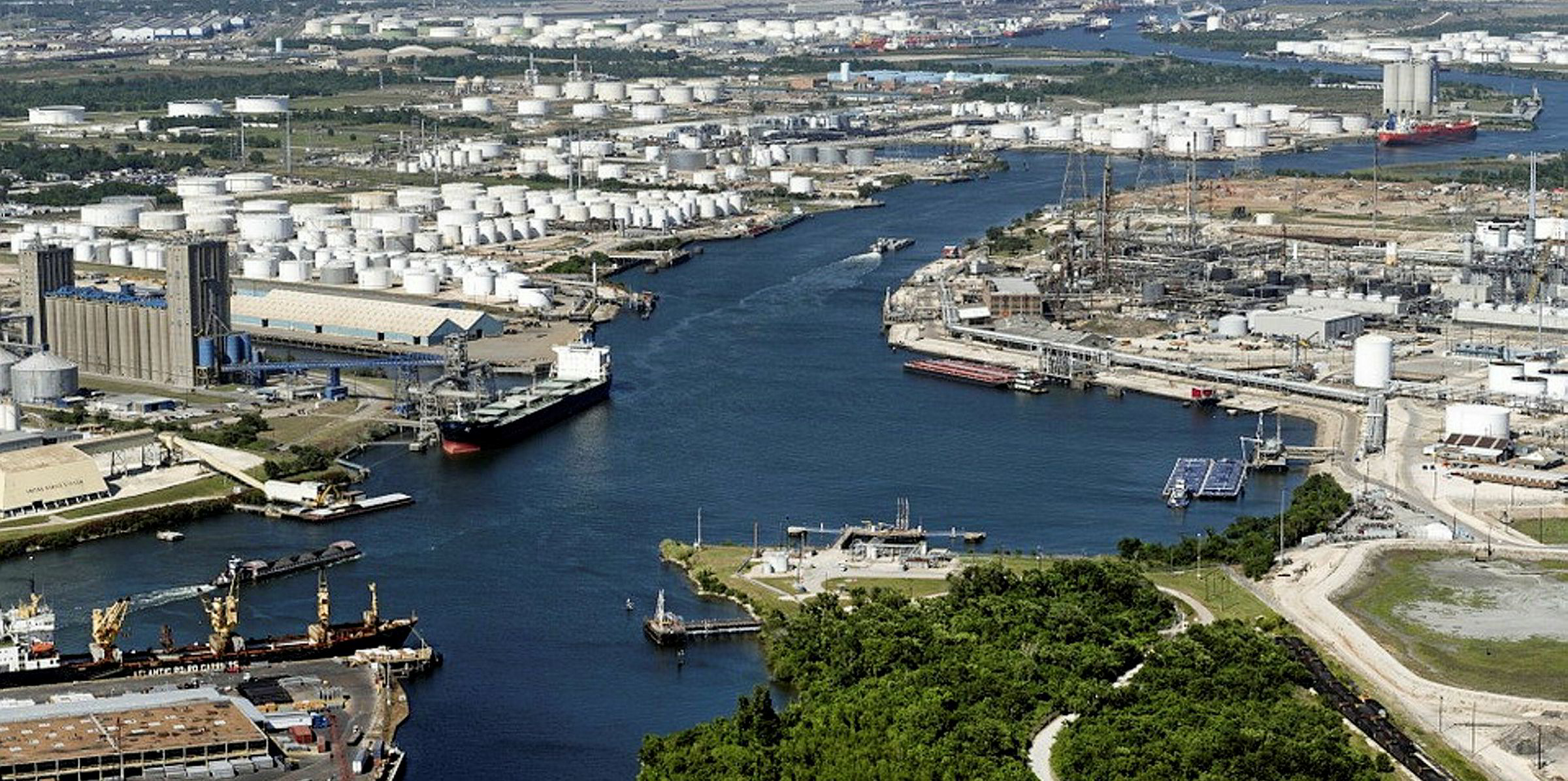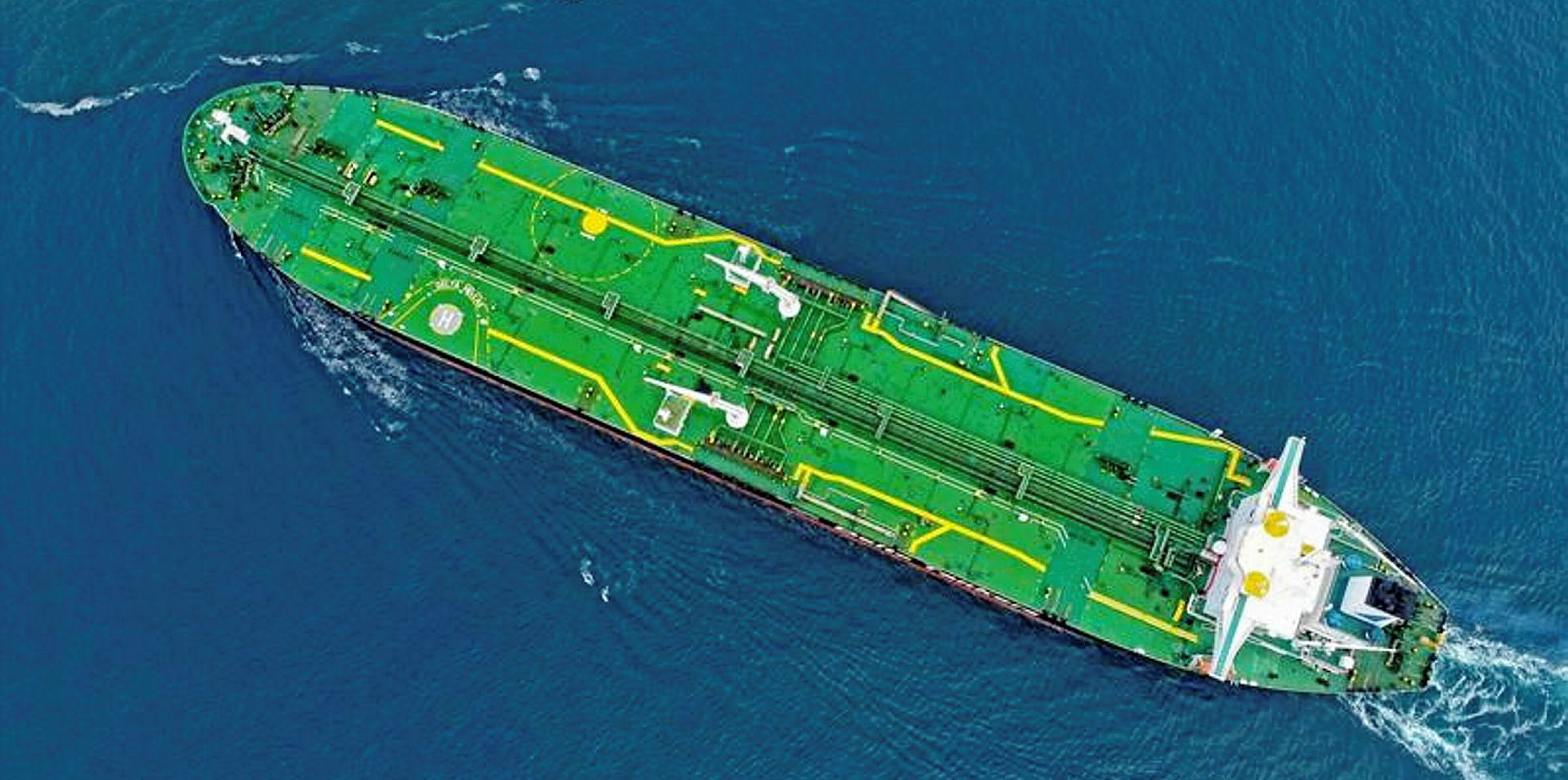The Baltic Dirty Tanker Index fell to a record low on Friday amid severe tonnage oversupply, with negative returns reported on trading routes to the US and Mediterranean.
The index decreased by three points from Thursday’s level to 429, the lowest since its publication began in 1998, data from the Baltic Exchange showed.
It takes into account 14 VLCC, suezmax and aframax trades, and hit the previous record low of 431 on 23 September.
Tanker markets have experienced persistent weakness in recent weeks, with limited vessel demand amid Opec+ supply cuts and low oil consumption, brokers and analysts said.
In a weekly note, the exchange suggested VLCC rates remained “depressed“ this week with lower freight earnings on main trading routes.
A VLCC in the Tanker International pool was fixed to Petroineos for a voyage from West Africa to China at Worldscale 30.75 on Friday, the note added, without providing more details.
The exchange assessed the rate on this route at WS 31.7 on Thursday.
VLCC time-charter-equivalent (TCE) rates for shipping from West Africa to China dropped by $1,293 to $15,554 per day on Friday, from the Middle East Gulf by $662 to $8,441 per day, and from the US Gulf by $631 to $19,098 per day.
Trading is expected to remain quiet in the coming days due to the Golden Week holiday in China.
Negative earnings
With limited shipments to the US and Mediterranean, the exchange has assessed the TCE rates on multiple tanker routes in the negative territory.
VLCC rates for the Middle East Gulf to US Gulf route were at -$1,119 per day on Friday, having stayed below zero since 24 September.
Aframax owners would lose $469 per day for transporting from the Caribbean to the US Gulf after struggling to achieve positive returns for much of this week.
The development comes as US oil firms have reduced their imports amid the continued destocking process.
Kpler data showed the country imported 12.1m tonnes of crude and fuel oil in September, the second lowest on record.
Meanwhile, suezmax rates on the Black Sea-Mediterranean route slumped into the red this week and were assessed at -$939 per day on Friday.
Suezmax rates for the Middle East Gulf to Mediterranean trade were -$12,393 per day, having been below zero since early June.
European refineries have reduced their utilisation rates due to routine maintenance and weak demand for petroleum products, resulting in lower crude imports.
“Our storages are quite full for both crude and products. And Covid-19 cases are rising again,” an Italian source said.
Bearish outlook
With the resurgence in coronavirus infections among some major economies, many oil firms have opted to reduce crude purchases and draw down their stocks in floating storage.
“Global oil demand and supply appear set to remain well below year-ago levels in the coming months, with seaborne oil trade also projected to remain under pressure,” Clarksons Research said in a monthly report.
“Further unwinding of floating storage is also expected to impact available tanker supply, compounding market pressure.”
The research arm of shipbroking giant Clarksons expects crude tanker demand to shrink by 3.8% this year, compared with a fleet growth of 1.3%.
“The tanker market outlook appears soft in the short-term,” the report said.






